RISING British star Dane Buckley has made good use of the fact that he is (probably) the only half-Indian, half-Irish, gay stand-up comedian in the world.
By mining comedy gold from the three identities, the sparkling London-based talent regularly makes cross-cultural audiences of all ages roar with laughter.
The award-winning comic and writer was featured as one of Skiddle’s best up-and-coming stand-up comedians in 2023. He will be supporting popular British comedian Rosie Jones on the autumn leg of her upcoming tour and his first split-hour performance will take place on September 28 at Angel Comedy in London.
Eastern Eye caught up with a fabulous talent you will be hearing more about to discuss comedy, performing live and the funniest person he knows in life, along with his most Irish and Indian qualities.
What was it that first connected you to stand-up comedy?
I’ve always loved watching comedy on TV and going to see it live. I’ve always enjoyed making my friends and families laugh - they had said for years I should try it professionally, but I kept putting that dream to bed. And then one morning, I woke up and thought, I’ll regret it if I don’t give it a try.
How would you describe your brand of humour?
Fun, mischievous, sassy and confident. I do like to play with emotions, make an audience feel moved with a heart-warming story and then trick them with something playful they weren’t expecting – that’s my favourite.
How much of your comedy is inspired by your own experiences?
More or less 100 per cent. There are parts I might expand or carry on with the narrative – but they all come from something in my life, or family stories my elders have told and taught me.
Who is your own comedy hero?
Hard to pick just one but I’ll say Dawn French. Her physical comedy is so good and what she can do with a simple movement of the eyes, or an intonation of voice is amazing. She’s a great actress and not afraid to be authentically silly.
Does the fact that you are probably the world’s only Irish, Indian, gay comedian lend itself to great stand-up comedy?
(Laughs) I think so. It certainly is a good starting point. Three different houses I can play inside and weave those narratives together. I feel like I have three strong identities that I can tap into and that is great for comedy.
What do you reckon is your most Indian and Irish quality?
Love this question. My most Indian quality is my love of food, particularly Indian food. My grandmother taught me to cook – she was an amazing cook, even other Indian grandmothers admitted defeat in her presence. I’d watch her make jalebis from scratch and honestly thought she had magic powers with the things she could make. I season my food the way she taught me and my tarka dhal is nearly as nice as hers. I use her spoon to make it, which takes me straight back to her kitchen and our lessons together.
What about your most Irish quality?
My most Irish quality is the love of song and storytelling. I think Irish people are the best storytellers in the world and will sing at the drop of a hat. I grew up with Irish music and loved the stories Irish elders would tell me. The colour, humour and meaning behind the words always moved me and stayed with me.
How do you feel being on stage?
I feel the happiest I’ve ever felt in my life. I have such fun on stage and feel excited, grateful and honoured to be there.
What has been your most memorable live performance?
The are many gigs that were very special for different reasons but the stand-out is being the tour support for Tom Allen in my hometown. A year previous I’d bought tickets to go to that show and watch as an audience member and suddenly here I was being part of it. I’ll never forget it.
Do you know a joke will work before going on stage?
The more comedy you do, the more you get a sense of what may work – but you never really know until you are in front of a live audience and sometimes, they surprise you. One part you thought would work really well doesn’t and then another part that wasn’t intended to be funny proves popular. It keeps you on your toes and the audience gives you a very clear answer.
Who is the funniest person you know in real life?
My mam – Irish mothers are a continuous source of fun and carry on. Also, my pensioners in the day centre I used to run. We laughed every day, even when times were difficult. I’m currently writing a sitcom about them. The memory of them makes me smile ear-to-ear.
Has being funny ever got you out of trouble in life?
My sass and quick wit certainly helped me in school. If people tried to pick on me, I’d give them a ‘reading’ and they normally left me alone. I feel like I can use humour to turn most situations around. I wrote my first jokes by the bedside of my pensioners – if I could make them smile or laugh when they needed it, that felt like an achievement.
Why do you love stand-up comedy?
See all of the above. I really do feel like it is what I’m meant to do. To make a room full of people laugh really is a gorgeous feeling. It is one of those rare occasions whereby, even though the other person is getting the majority of the benefit, you feel it too and that’s delicious.
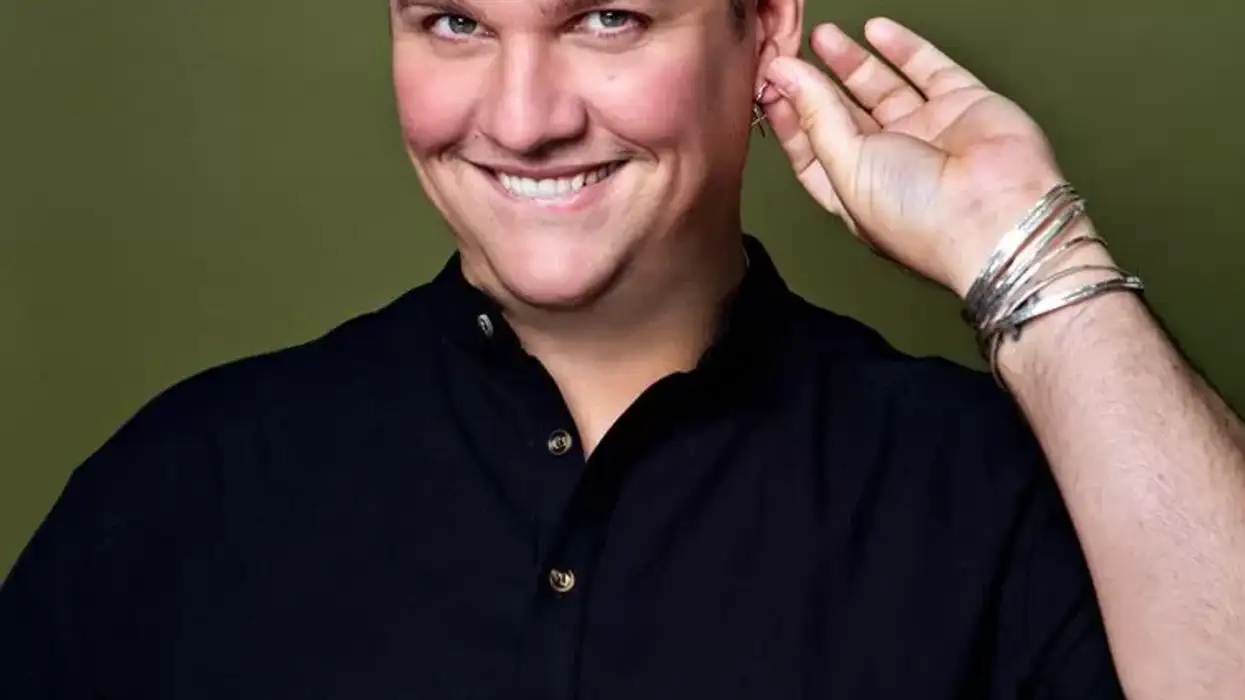




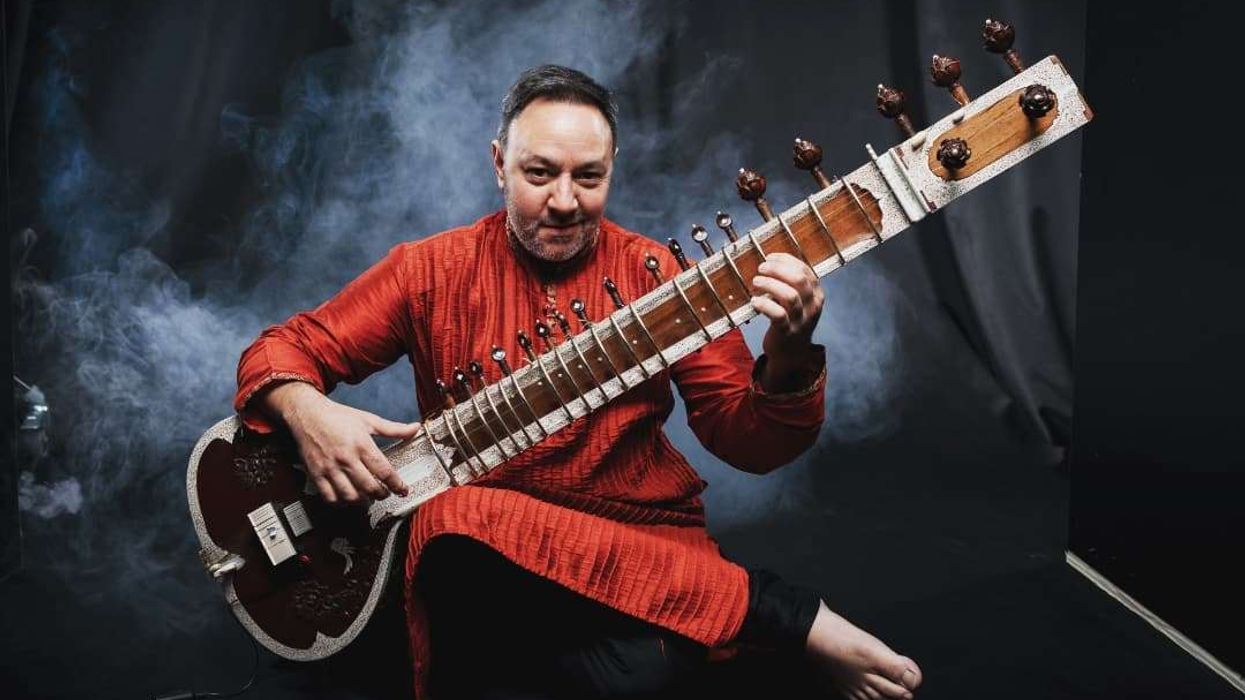
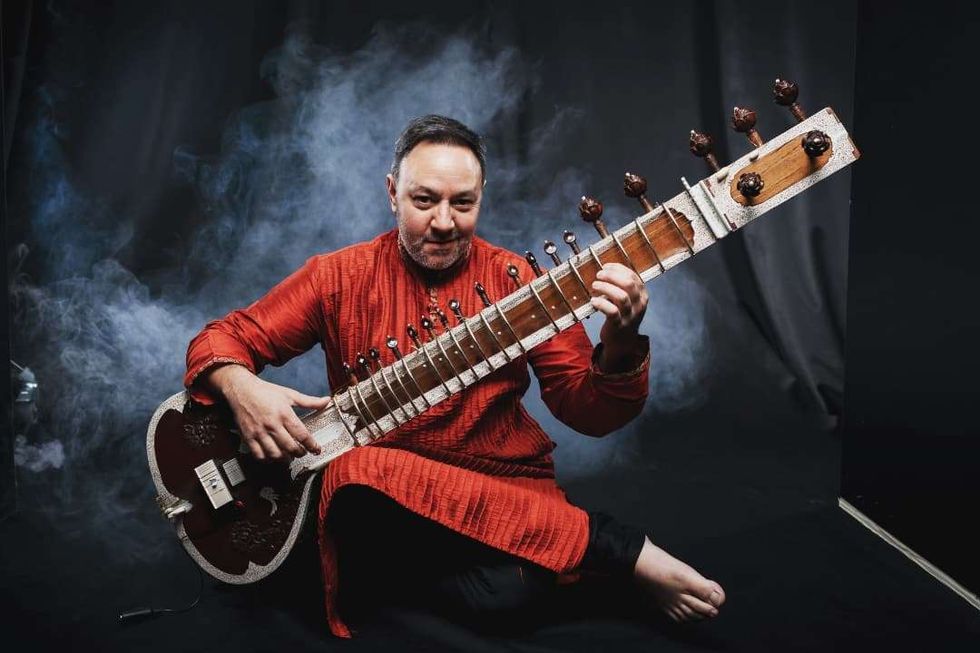 Jonathan Mayer on the sitar and beyond Instagram/the_sitarist/ @sat_sim
Jonathan Mayer on the sitar and beyond Instagram/the_sitarist/ @sat_sim 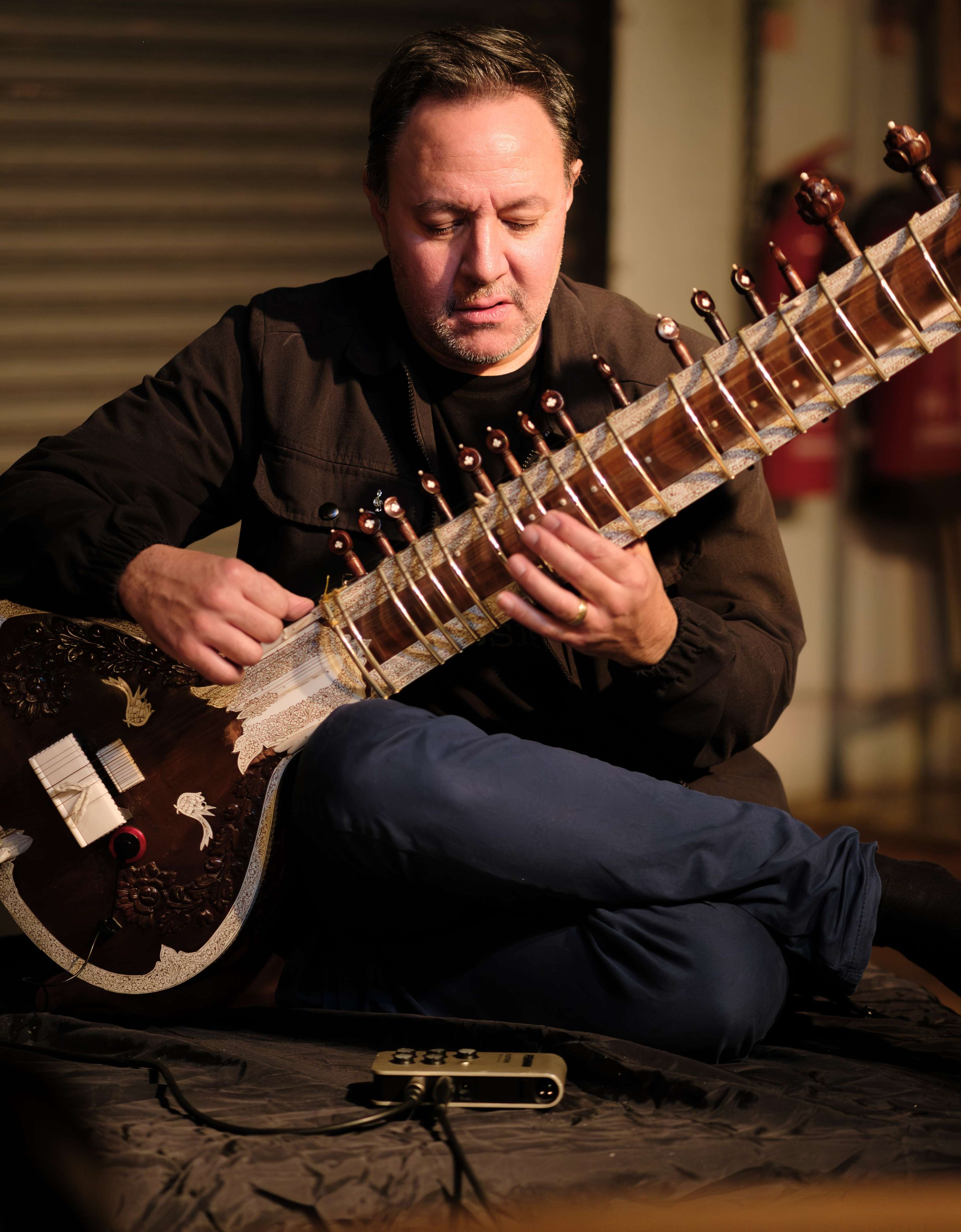 Redefining Indian classical music with Jonathan Mayer Akil Wilson
Redefining Indian classical music with Jonathan Mayer Akil Wilson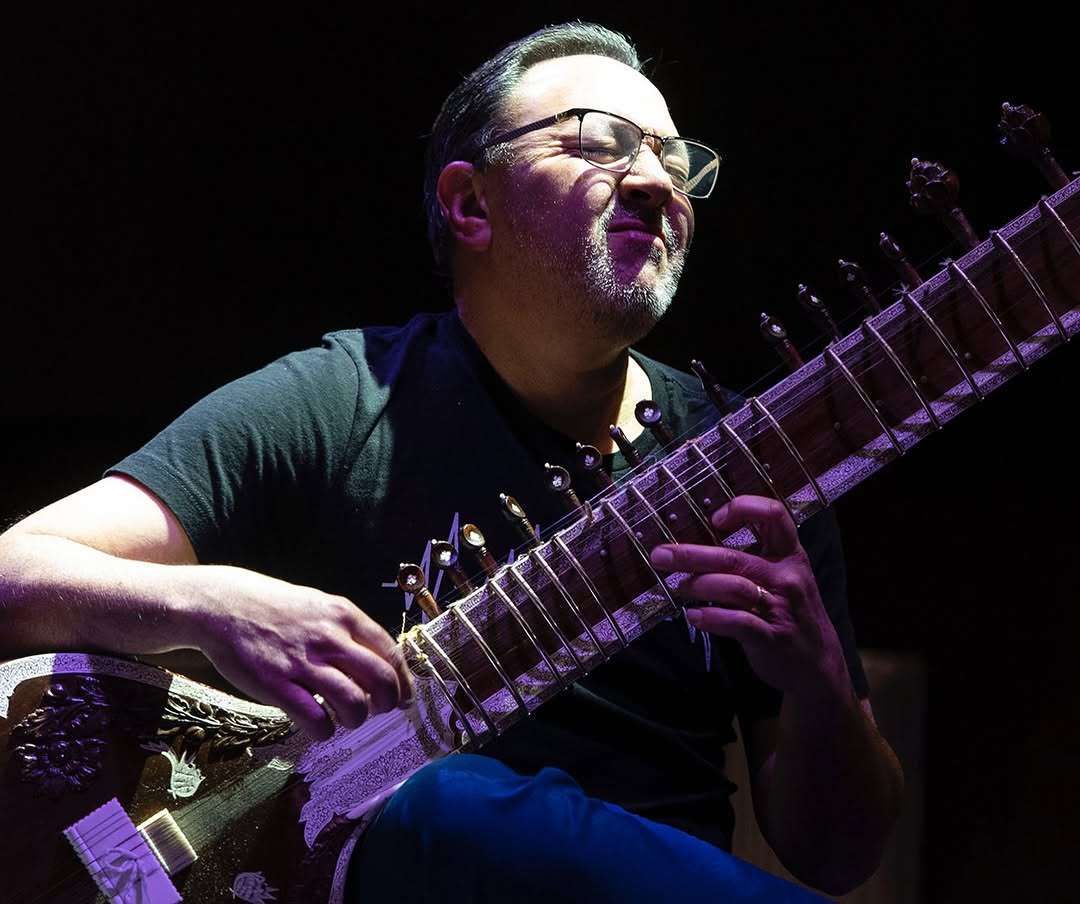 Jonathan Mayer on music without boundaries Instagram/the_sitarist/
Jonathan Mayer on music without boundaries Instagram/the_sitarist/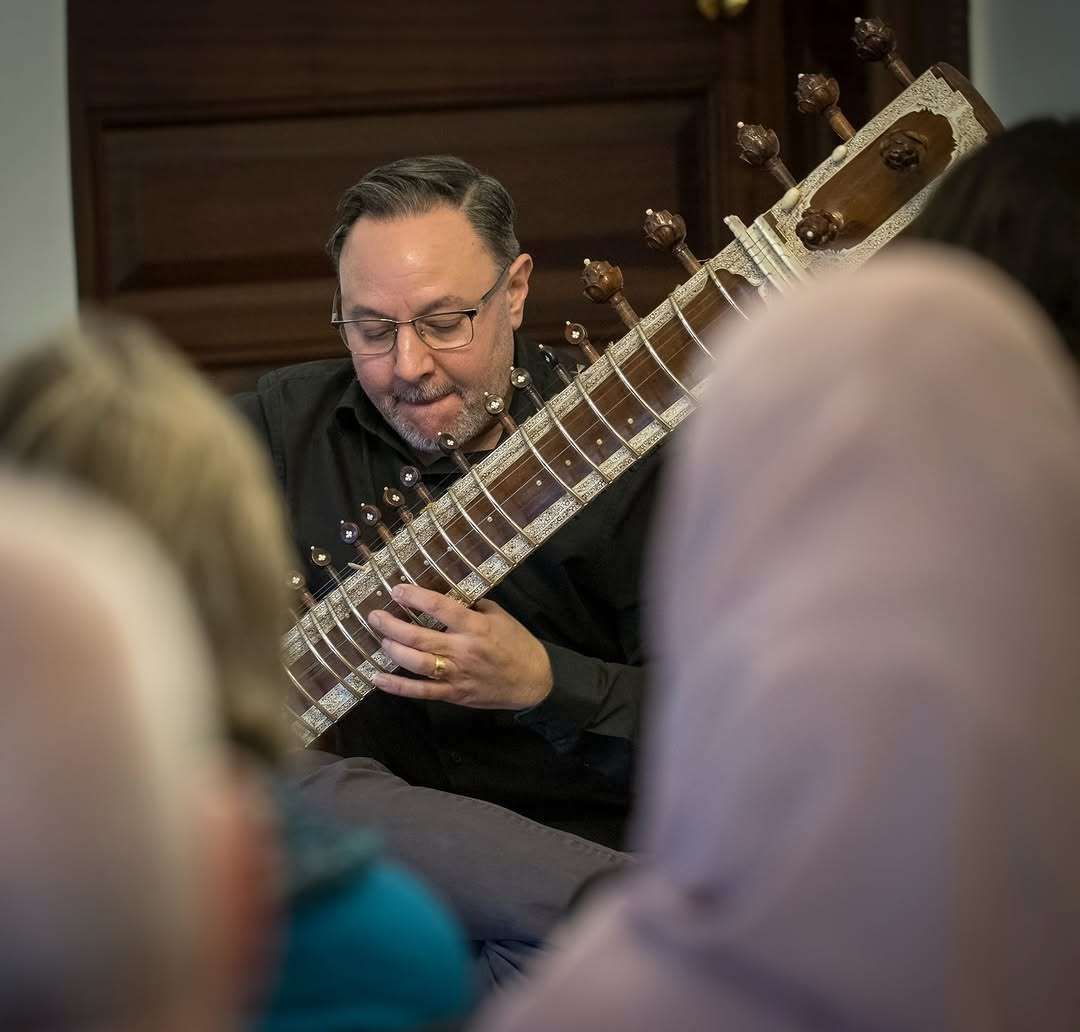 Jonathan Mayer on teaching and performing Indian music Instagram/
Jonathan Mayer on teaching and performing Indian music Instagram/






